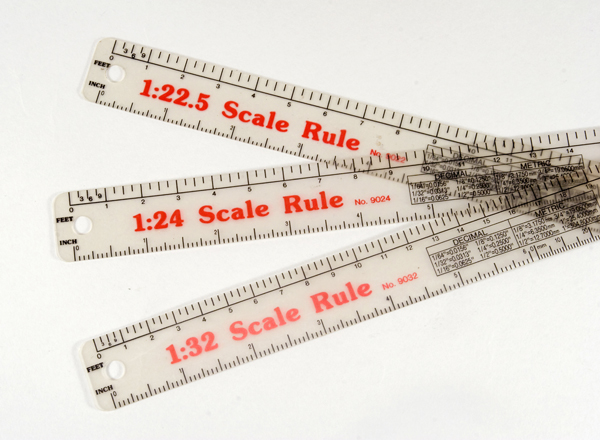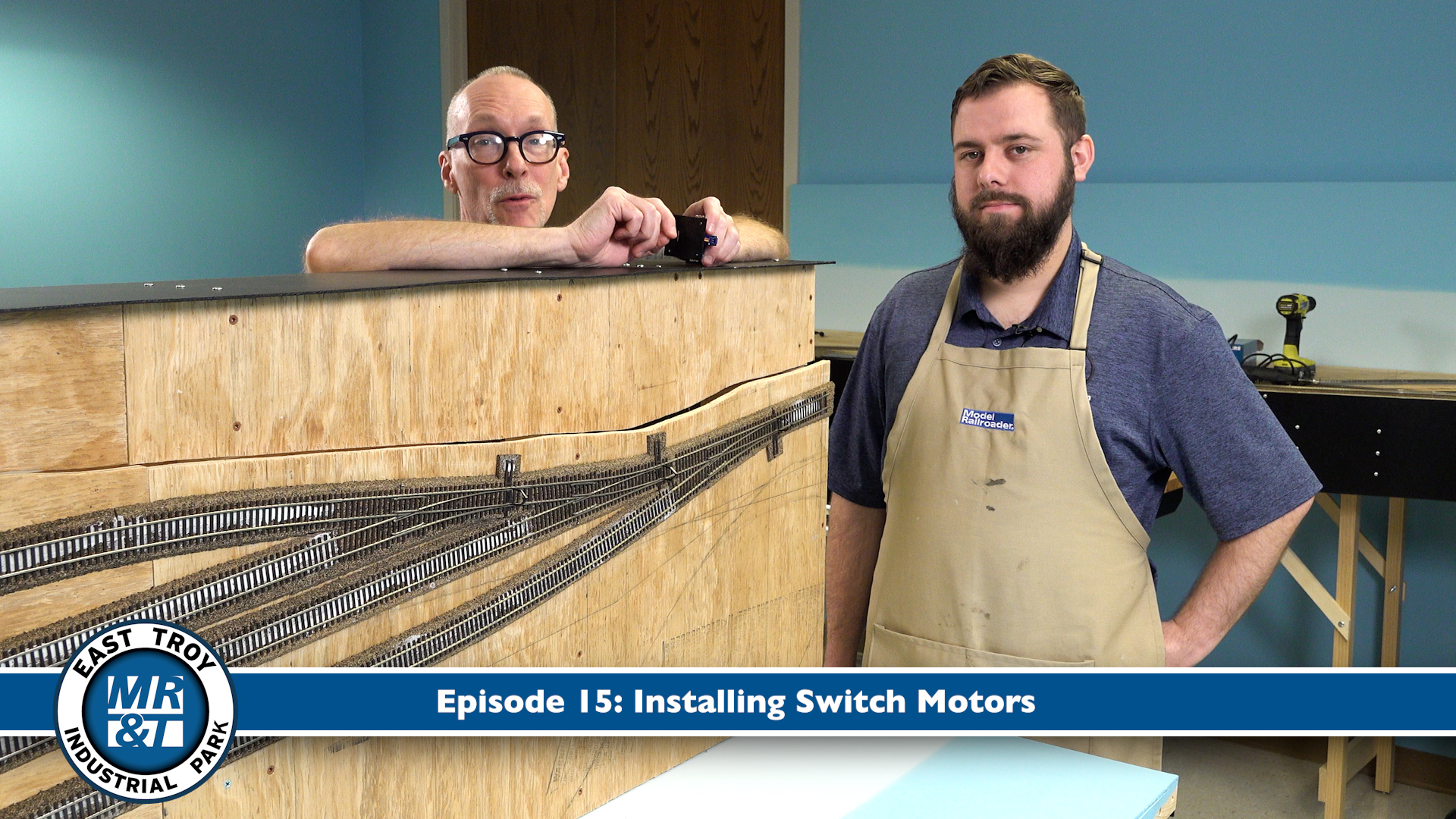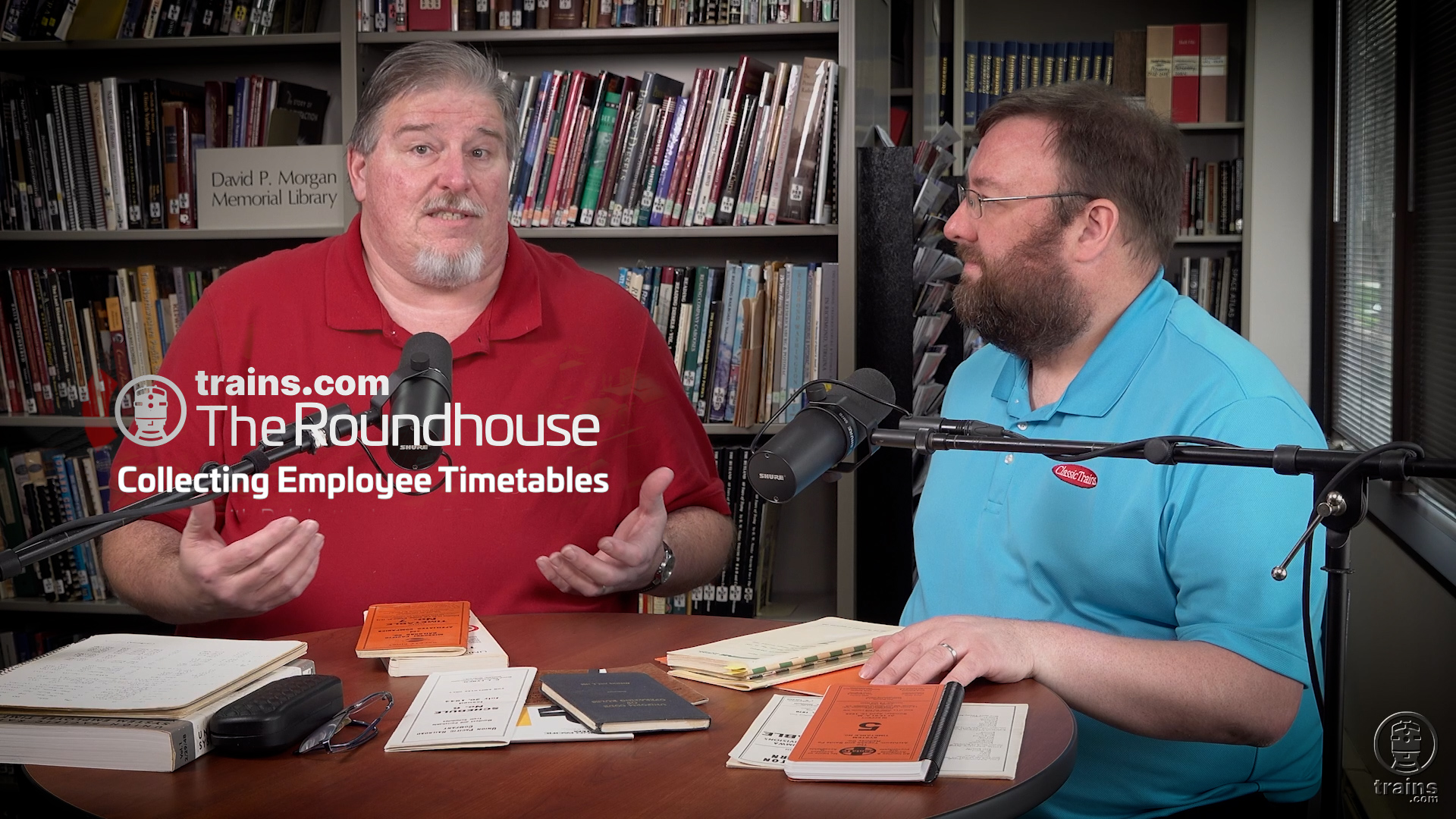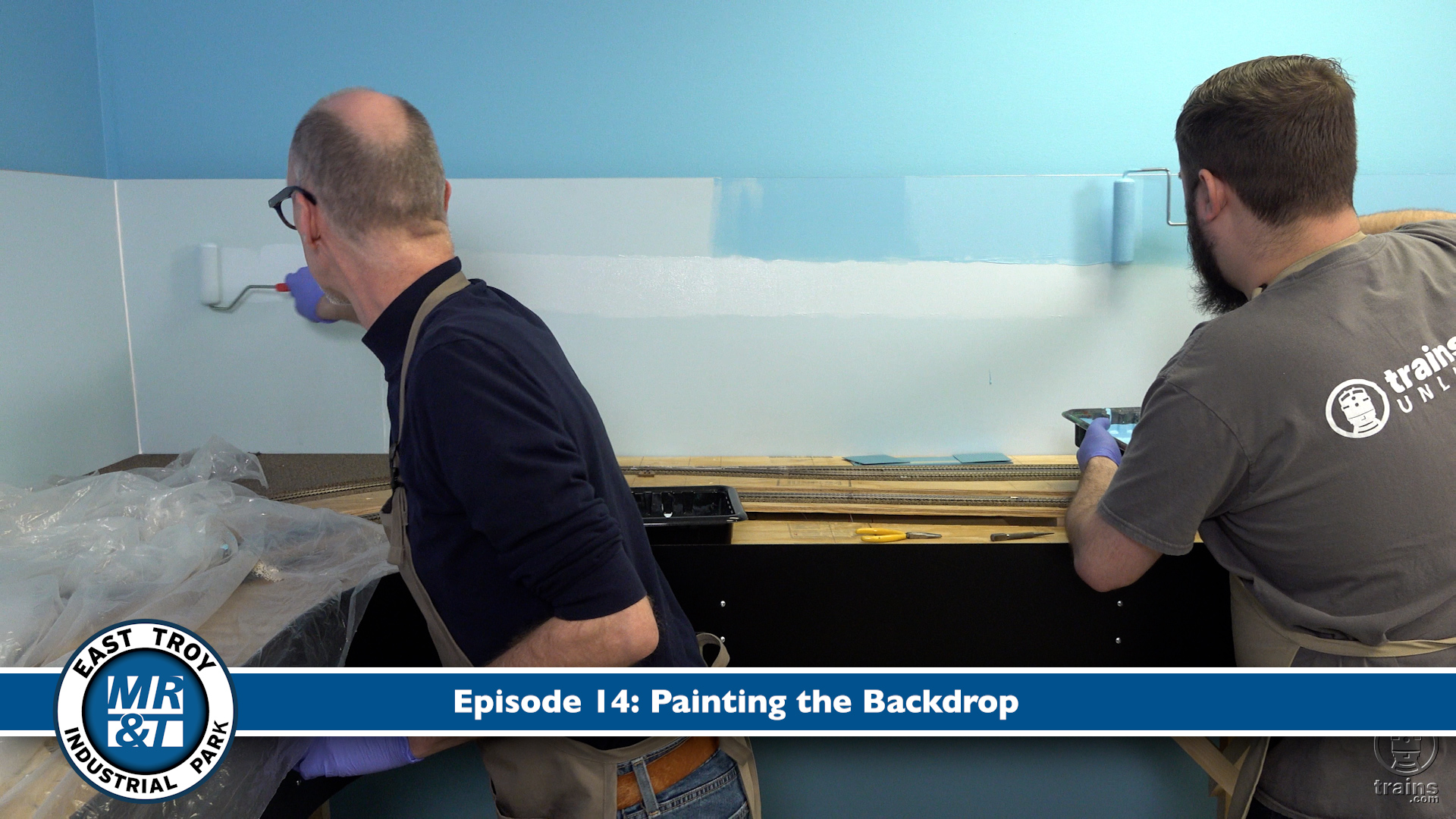Once you have settled on a scale that strikes the right balance for you, you can then begin to assemble the pieces to build your railroad—locomotives, rolling stock, buildings, vehicles, and people. Some manufacturers are good enough to mark the scale of their products on the front of the box. They deserve our deep gratitude for this kind consideration.
Others decline to do so, for whatever reason. We can’t just write them off, because some good products suffer from this malady. When in doubt (that is, when it’s not printed clearly on the product box, or in an advertisement), by all means question the manufacturer or dealer about it. They should know or be able to find out easily, if they know their business. If they can’t answer your question clearly and quickly, then avoid buying that product and look instead from something else (or somewhere else). Or, pull out your scale ruler and figure it out for yourself.
When it comes to buildings, vehicles, and people, you can sometimes use items from the “closest” scale to yours (e.g. 1:32-scale people with 1:29-scale trains). Since people come in a variety of sizes, they are easiest to fit into multiple scales. Use a scale ruler or pocket scale card to determine the size of a figure in your scale. Do this cautiously, though, because our eyes and brains are exceedingly sensitive to the human form. Buildings and vehicles are less flexible, since their sizes are more standardized and mismatches are therefore easier for the eye to detect.
The PDF above gives an idea of where to go to find equipment in the scale you have chosen. It does not provide a totally comprehensive list but mentions the major manufacturers and some of the emerging ones. Unfortunately, it can’t tell the whole story because some manufacturers don’t make everything to the same scale and some do not label their products with a scale. The effect of this is to obscure the very information you need in order to make an informed choice. It helps to be able to take a piece out of the box and check it against scale drawings or to look at it next to your own trains, but that’s not always possible. Product reviews done by Garden Railways staff always state the scale of the item (where it can be determined) as well as comparing its dimensions to known prototype measurements.
Be careful when choosing equipment that is not labeled and about which you haven’t read a review in the hobby press. Sometimes it’s better to not purchase something you can’t check out, rather than ending up with an unwanted piece of rolling stock.
So, my advice is to choose a scale, insist on being informed about the scale of the items you buy, and stick to your choice. You’ll have to pass up some things that your impulse tells you that you must have but your railroad will look and run better—and cost less—in the end. And you’ll have nothing but equipment that looks and works well together, leaving you more money and time to enjoy your railroad, which is what it’s all about.














